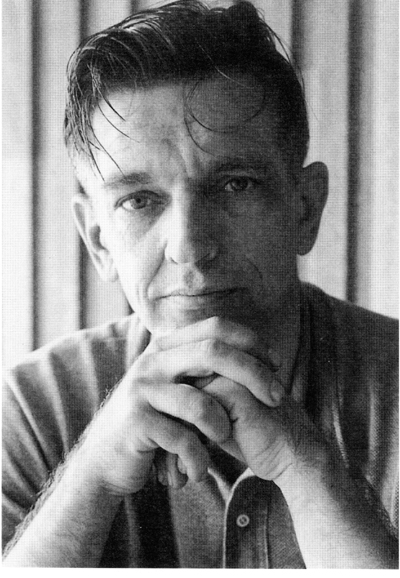 PAUL BYERS,
81, visual anthropologist, died of lung cancer on Dec 31, 2001. A native of Puttsburg,
KS, Byers attended the U of Chicago from 1938-49 as an undergraduate. He left
to travel and write. He joined the Navy during World War II and was trained as
a cryptanalyst in Washington, DC, and Melbourne, Australia.
PAUL BYERS,
81, visual anthropologist, died of lung cancer on Dec 31, 2001. A native of Puttsburg,
KS, Byers attended the U of Chicago from 1938-49 as an undergraduate. He left
to travel and write. He joined the Navy during World War II and was trained as
a cryptanalyst in Washington, DC, and Melbourne, Australia.
After the war, Byers stayed in Australia working as a magazine correspondent and photographer. During this time he met Margaret Mead, the beginning of a 10-year collaboration between the two. They developed techniques using still photography to record human behavior for future analysis; particularly they did work on Mead's interest in conference (or many-to-many) communications.
Byers returned to the US in 1959 to take courses in communication at Teachers College, Columbia University, and then intensive teaching seminars in linguistic-kinesic context analysis by Ray Birdwhistell and Albert Scheflen at Easter Pennsylvania Psychiatric Institute. While studying at Columbia, he served as a lecturer at Columbia's School of the Arts. In this role, he produced photographic sequences that became the visual basis for a classic analysis of many-to-many communication. These sequences illustrated the inattention, restlessness or eagerness of participants as observed by the speaker and others participating in the recorded conferences. This work resulted in a book co-written with Mead, The Small Conference. An Innovation in Communication (1968).
In 1972, Byers received his doctorate in anthropology from Columbia U with a dissertation titled "Eskimo and Bushman." From 1970 until his retirement in the 1990s, Byers taught at Teachers C, where he continued his work on nonverbal communication, the rhythms of communications, multiculturalism and how these are relevant to the education of children.
Byers is survived by his wife Lucy Schneider and his son Peter.
ANTHROPOLOGY NEWS APRIL 2002